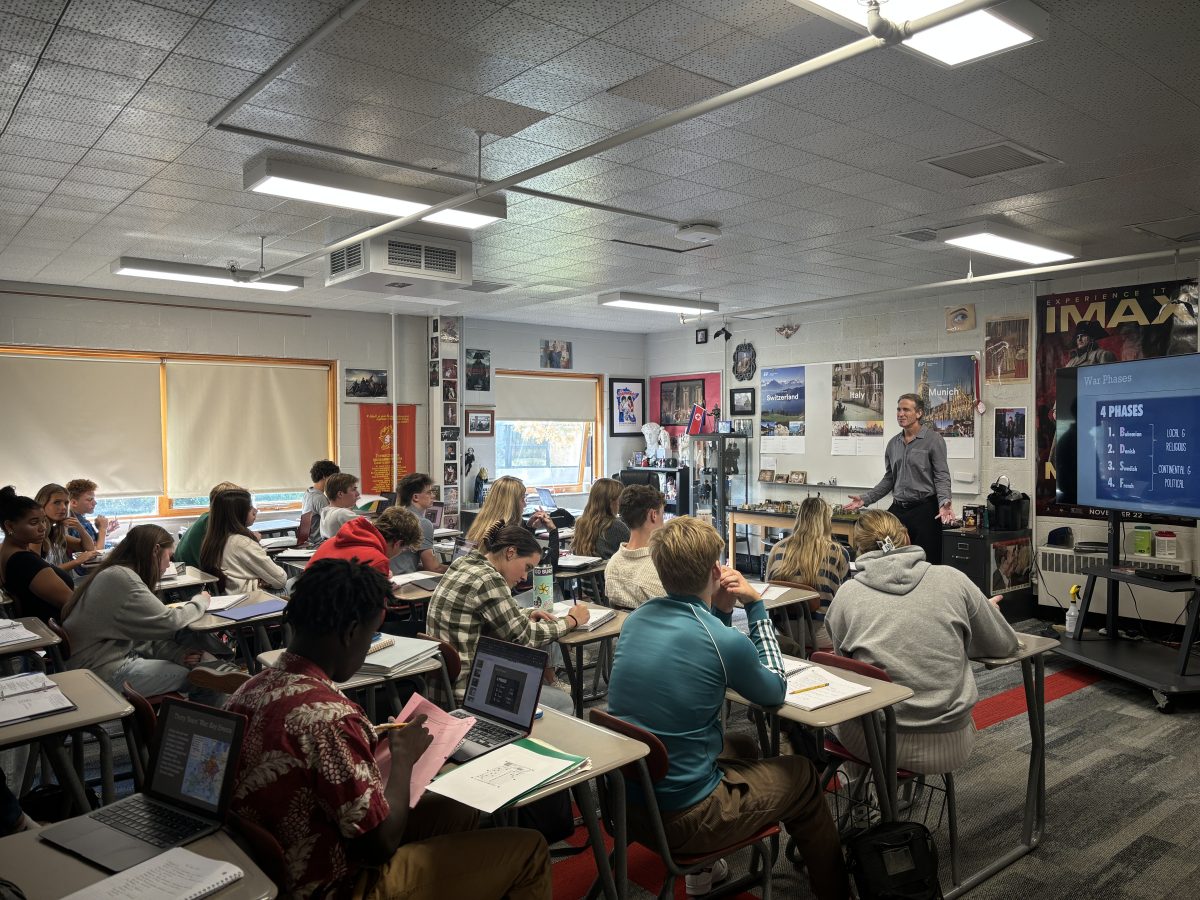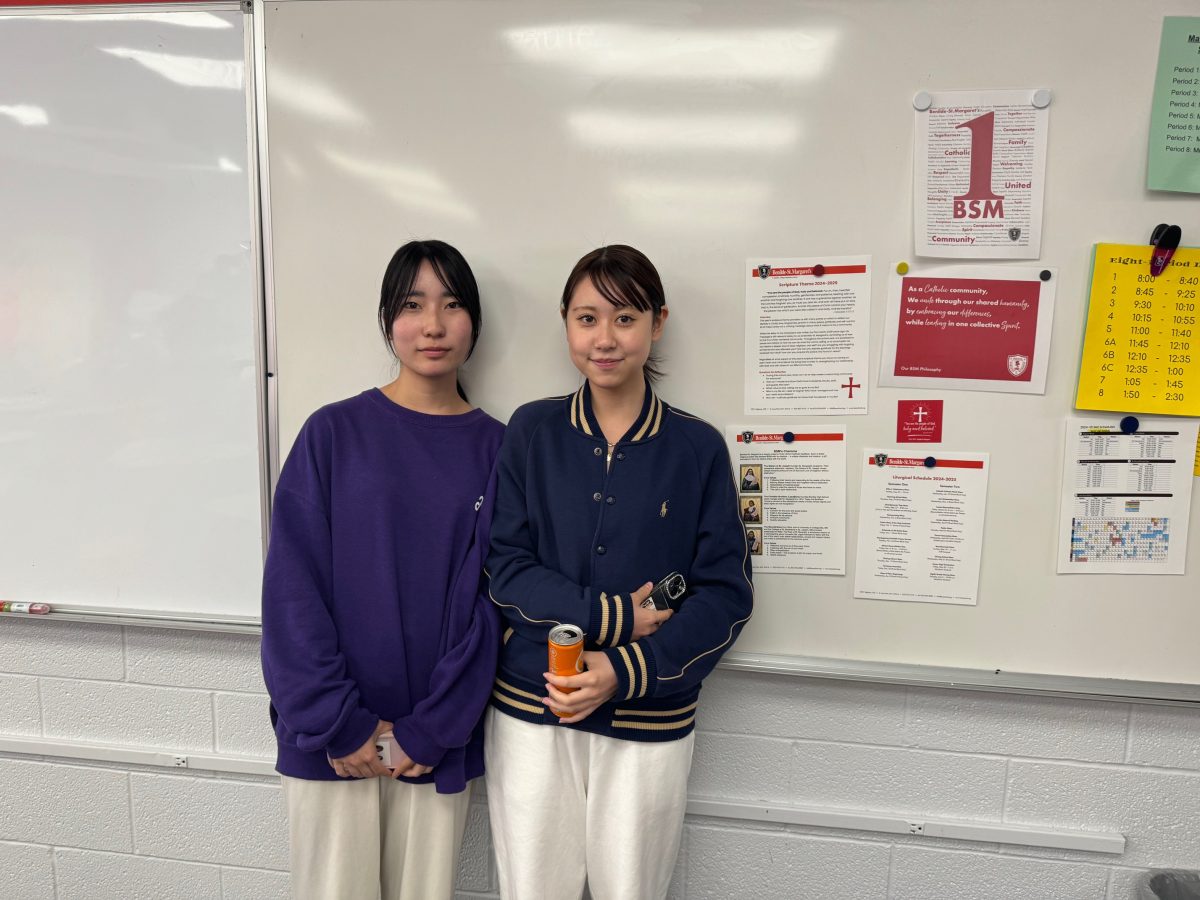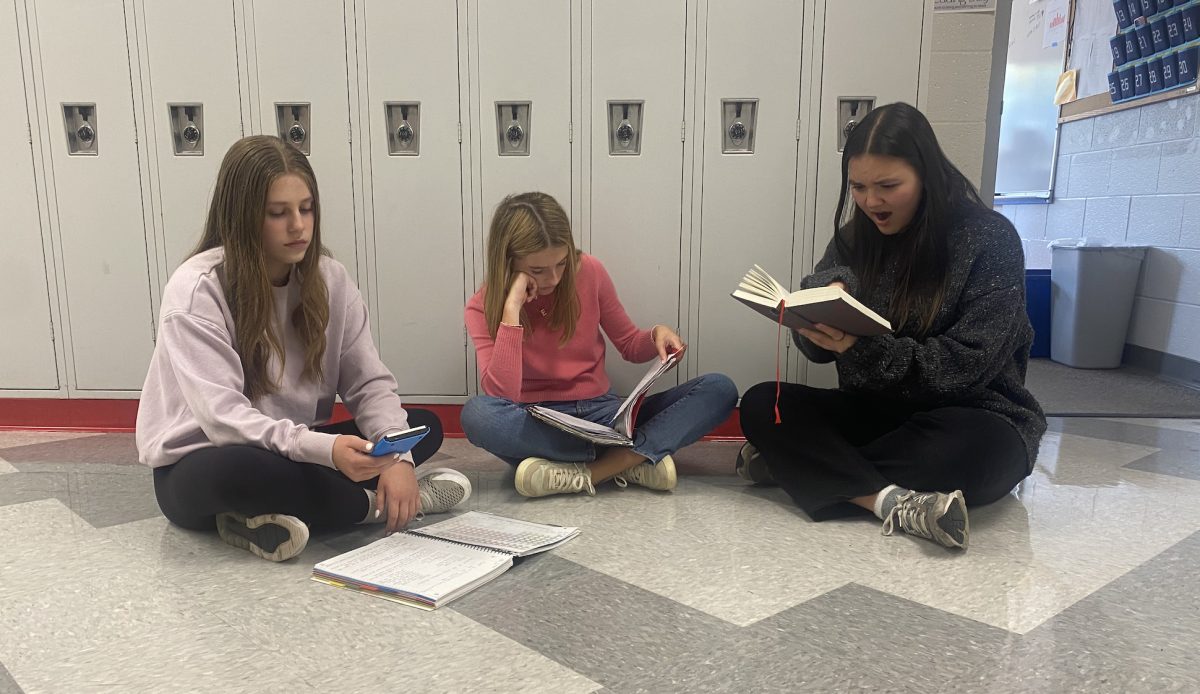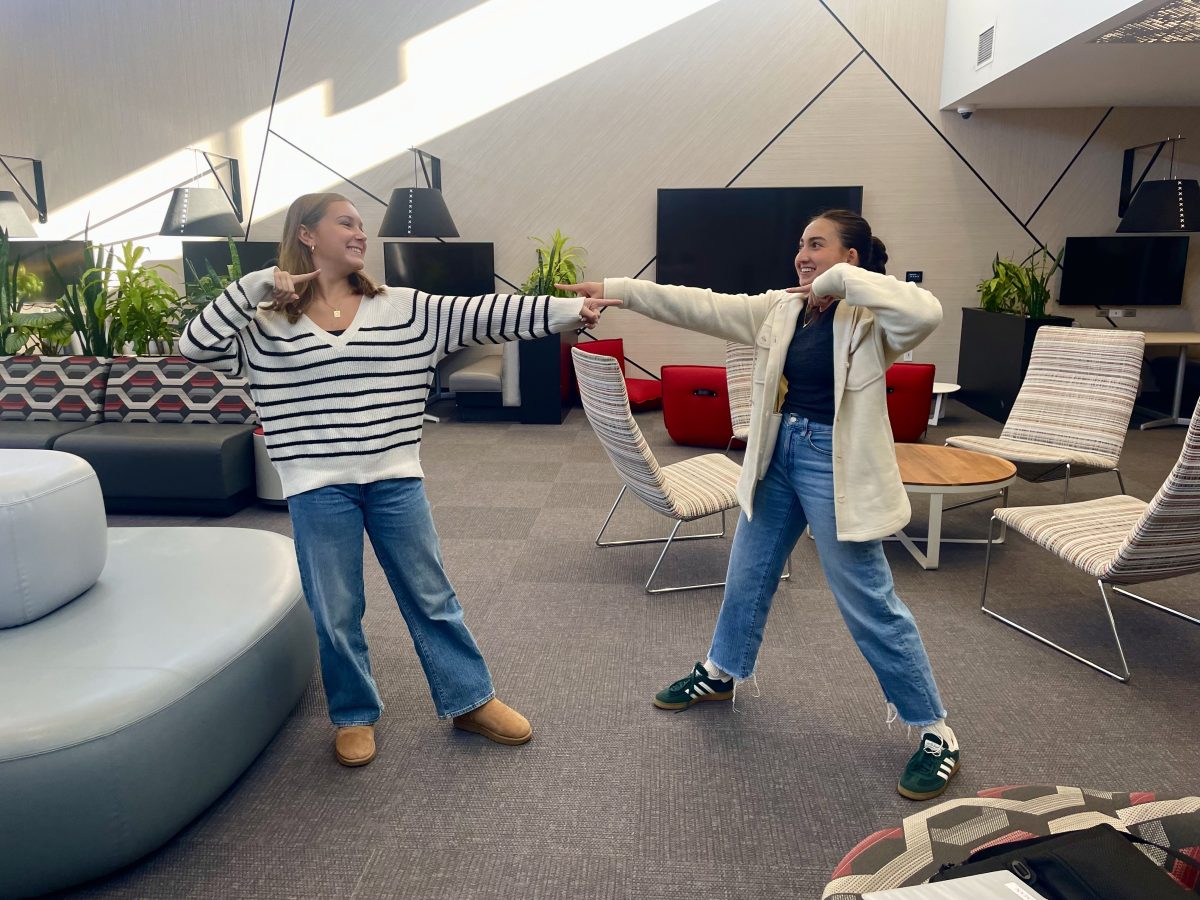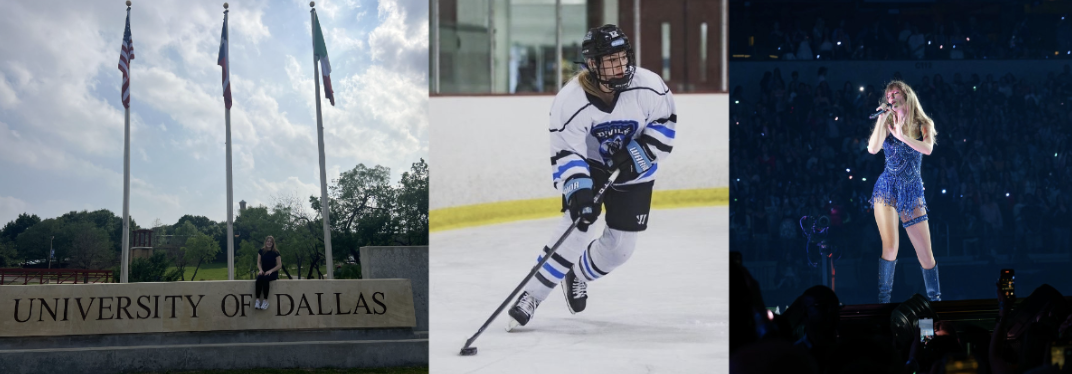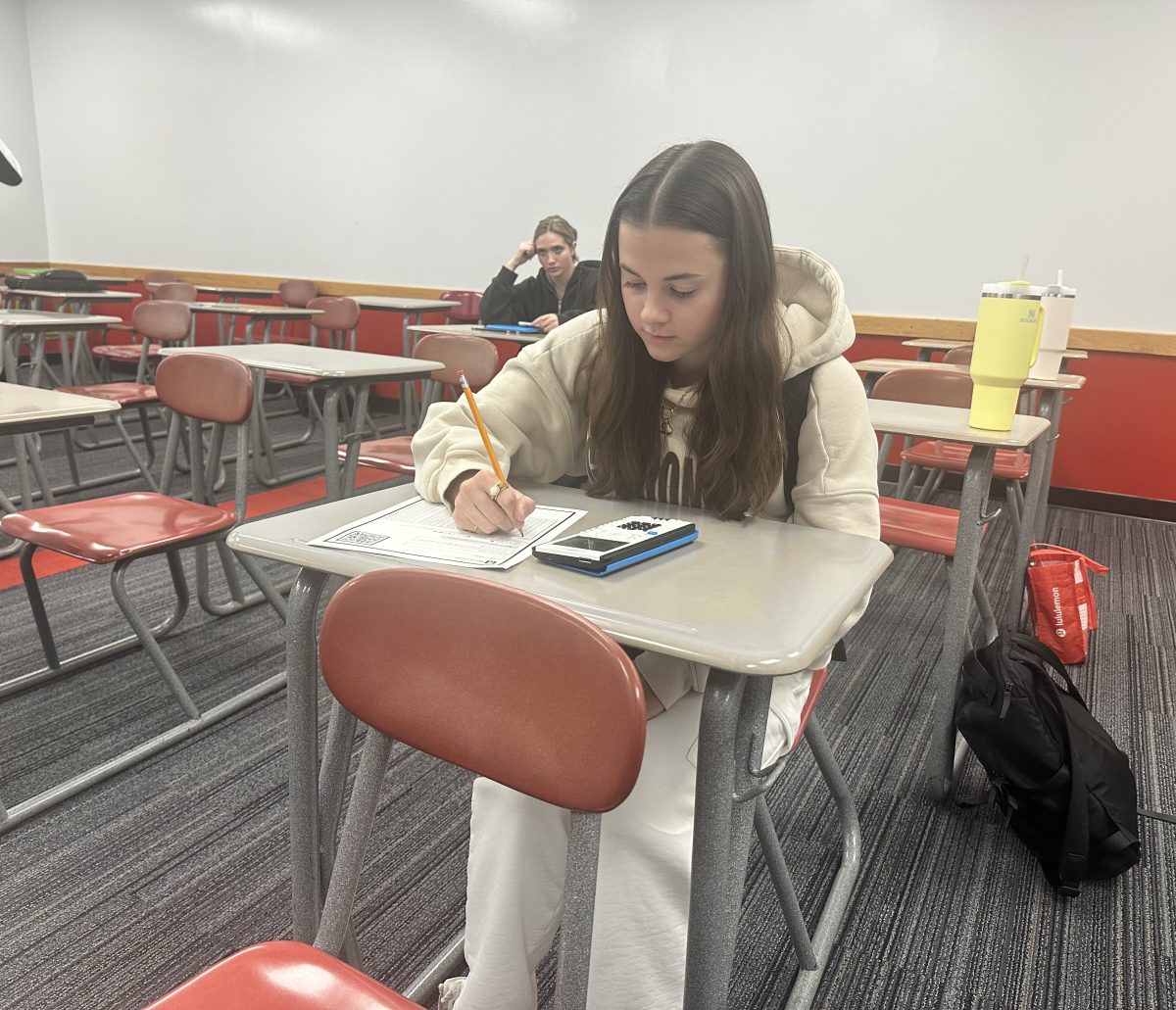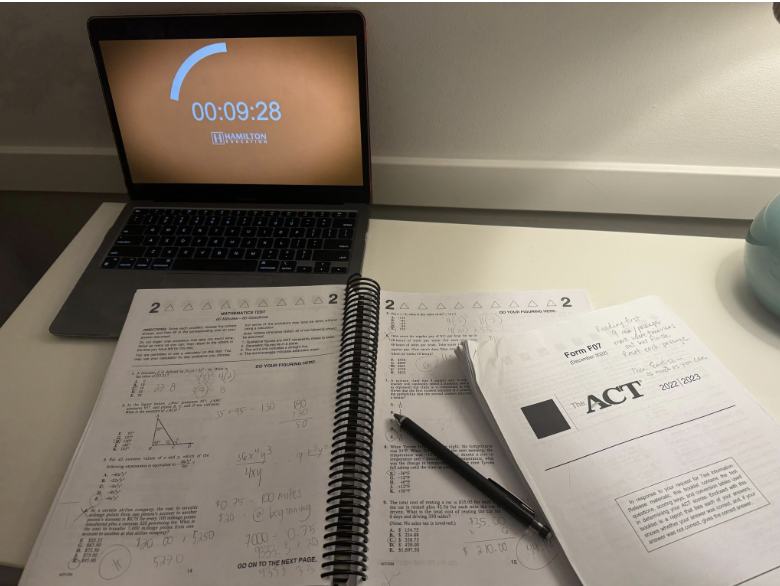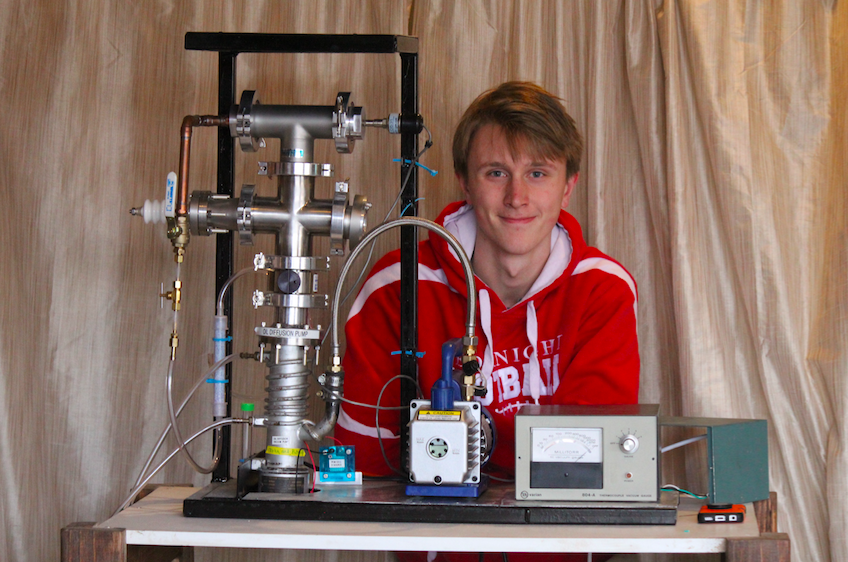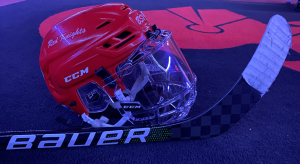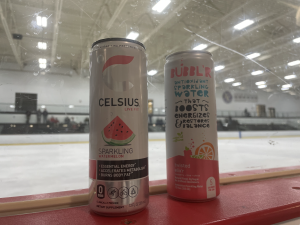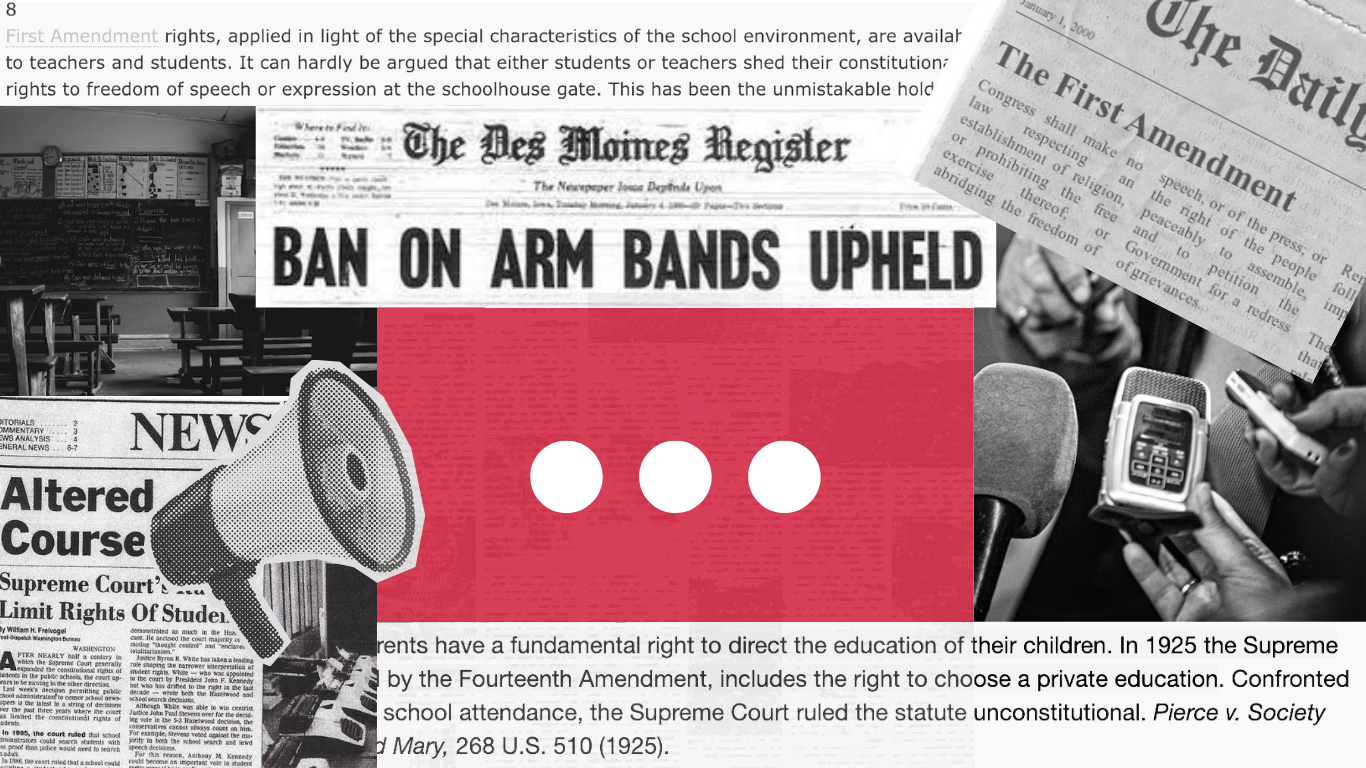Junior builds a nuclear fusor in his free time
Junior John Beutz, kid genius, constructed a nuclear fusor in his own home.
Beutz took time to build a fusor by himself after researching the project on the internet.
March 18, 2017
Going against the traditional high school involvement with sports and clubs, Junior John Beutz has recently spent nearly a year preparing to build and building a nuclear fusor, or an Inertial Electrostatic Confinement Fusion Device. The fusor is an inexpensive way of fusing deuterium atoms together. The fusor can also support D+D cycle nuclear fusion, which allows construction of a fusor with more easily accessible equipment.
Beutz has always been interested in making science projects, but decided to challenge himself this past year with making the fusor. He found a website called Fusor.net, which is an online community that has been building fusors since around 1996 and helps others build their own. “In early 2016, I started reading it a lot and eventually decided that [the fusor] is something that is attainable to build. I set my mind to it, and the rest is history,” Beutz said.
Building the fusor is quite an accomplishment, as according to fusor.net: only seventeen other high schoolers have ever built one. Despite the complexity of the fusor itself, attaining the parts was very simple for him. “I got everything but two parts off of eBay, and everything else was directly available. Nothing that I needed required any special permission, signature, and all is legally available for U.S. citizens. It took me just over five months to buy and assemble all the parts that I needed,” Beutz said.
While the fusor began as a passion project, engineering teacher Ms. Kirsten Hoogenakker encouraged Beutz to enter it the Twin Cities Regional Science Fair. “I didn’t know I was going to be in the fair until two and a half weeks beforehand. It was because of [Hoogenakker] that I was able to make it to the fair on time to present my work,” Beutz said.
On February 24 and 25, Beutz brought the nuclear fusor to the science fair. “I won a 3M award, an army ROTC award, and also advanced to state. If I advance from state, then I go to ISEF [International Science and Engineering Fair],” Beutz said.
In addition to displaying the fusor at the science fairs, Beutz hopes to improve his fusor in the future. “I’m hoping that in the next few months I’ll begin to collect some data from the chamber when I’m running it at high voltage at a lab with the adequate safety precautions. With a better design plan, I believe that it is possible to design, build, and begin operating a fusor in two and a half months,“ Beutz said.
Beyond the fair and the fusor, however, Beutz is looking to the future, where he hopes to dedicate his time to making more complex devices. Beutz has plans to continue to work on his projects not only this summer, but also through the next school year, and possibly beyond that. He is looking to continue building devices, possibly as a career, and may do research in college to prepare himself. “In the next few months I’m planning on building a cyclotron, a tunneling electron microscope, as well as some other smaller electrical experiments related to the fusors’ operation, such as silver activation, and some experiments with different types of radiation detection,” Beutz said.
It appears that this nuclear fusor is just the beginning for Beutz. With aspirations of success at the state science fair, pursuing his interests in college, and creating more devices, it is likely that Beutz will be easily, and happily able to occupy his time with his incredibly unique passion.

